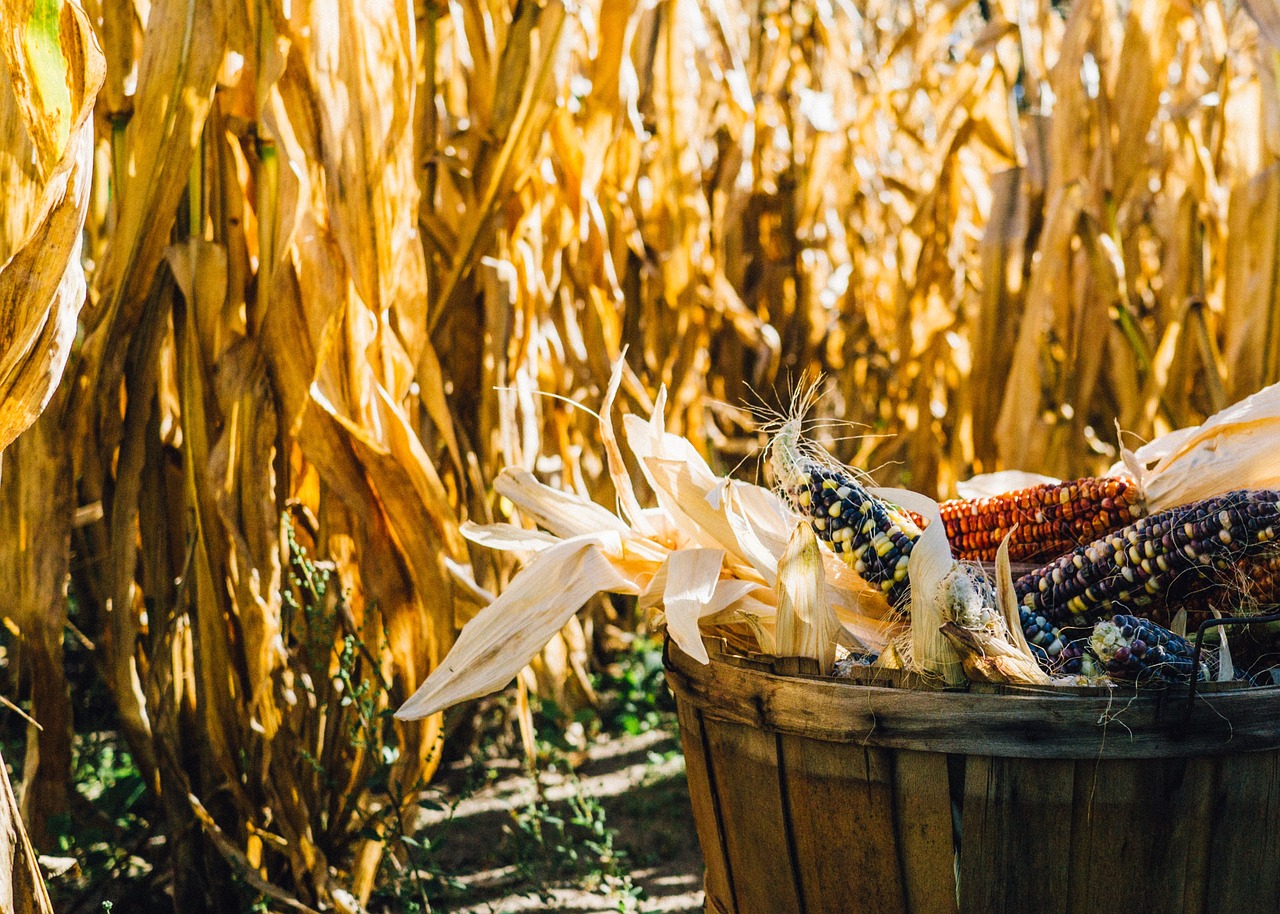Cultivating a Regenerative Food System
Authors: Martin Stuchtey and Morten Rossé | Published: January 28, 2017
The agricultural story of the 20th century was one of unprecedented success: due to more intensive and specialized cultivation, farmers markedly improved productivity and kept food prices low. However, this industrialization has created problems of its own, and may — unaltered — be running out of steam. In 2010, for the first time in a century, the growth of global grain yields fell below that of the global population growth
That is why it is time to move away from what has become a “linear food system”: a take, make, dispose system in which, too often, synthetic inputs go into the land; the land gets overused, and a huge proportion of the food produced is wasted and ends up in landfill. In addition, many nutrients never make it back to the field, stacking up in contaminated sludge. The goal should be to move toward a regenerative model in which land is restored as it is used and in which nutrient and material loops provide much-needed inputs, resulting in a healthier food supply.
In terms of how to get started on the circular path, there are a number of promising approaches.
Retain and restore natural capital
Restoration of large, damaged ecosystems is possible and the commercial potential is already proven. One famous example is the Loess plateau in China, where 3.7 million acres of degraded land have been restored since the mid-1990s. This project lifted more than 2.5 million people out of poverty, almost tripling their income, by replacing low-value agricultural commodities with high-value products. Per capita grain output rose 60 percent and the perennial vegetation cover doubled from 17 percent to 34 percent. In addition, flood control, water use, employment, biodiversity and carbon absorption all improved.
The Savory Institute, based in Colorado, promotes a process that emulates nature. As the institute describes it, managers control the livestock so that conditions mimic the predator-prey relationships that were in existence when the grasslands evolved. This involves dividing land into smaller paddocks, putting cattle in large herds, and moving them frequently across the property. The land benefits from the cycle of use and rest — the same pattern observed in grazing animals in natural grassland ecosystems. This approach has regenerated more than 6.1 million acres.

